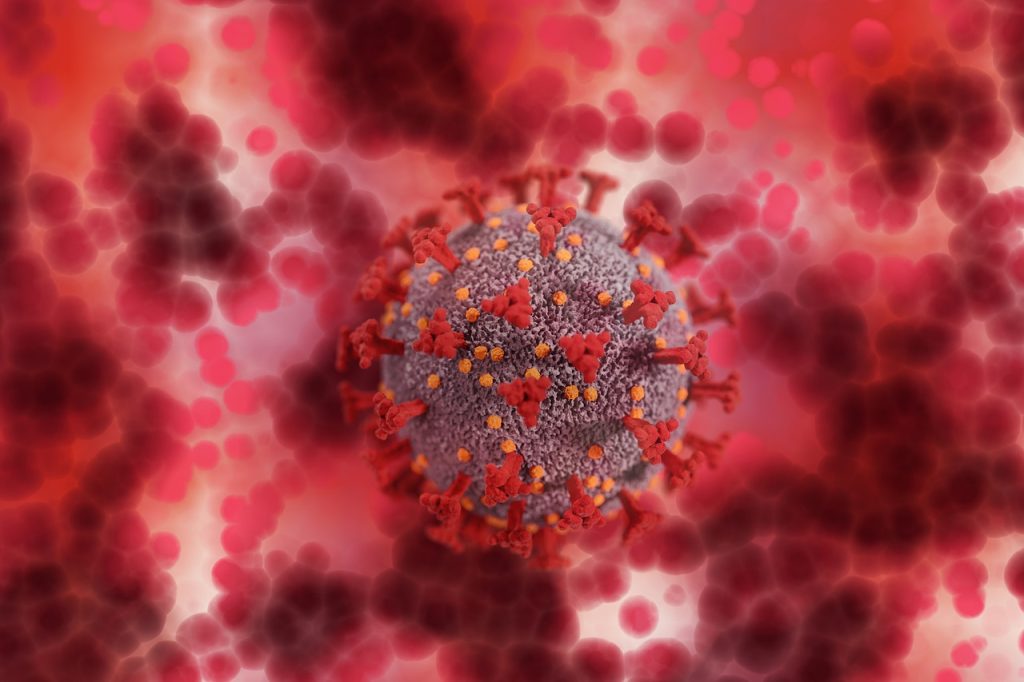
In a study published in Nature, a research team has shown that the BA.2 subvariant of omicron is similar to BA.1 in both the severity of illness it causes and in its ability to cause infection.
BA.2 is the dominant subvariant of Omicron in nearly seven dozen countries. The study’s findings stand in contrast to an earlier study that relied on recombinant virus bearing spike proteins from BA.1 and BA.2.
“That study indicated BA.2 may be more pathogenic than BA.1,” said Prof Yoshihiro Kawaoka, who led the present study. “But when we used authentic virus, we found that BA.2 is not more pathogenic.”
Prof Kawaoka and research associate professor and co-author Peter Halfmann, said that their findings suggest that other parts of the omicron virus may attenuate the pathogenicity of its spike proteins alone.
Relying on rodent models for the disease, researchers and their collaborators tested viruses isolated from human samples. Both subvariants of omicron caused less severe illness compared to earlier strains, including delta and the original wild strain of the virus.
The study team also found that existing therapeutic monoclonal antibodies and antiviral drugs remain effective against BA.2.
However, plasma from vaccinated people and from people who recovered from earlier infections was less effective at neutralising both subvariants of omicron compared to earlier virus strains, and plasma from people infected with BA.1 was less effective at neutralising BA.2.
But the researchers also found that plasma from people who were vaccinated and then infected with BA.1 or earlier variants exhibited a smaller decrease in effectiveness against BA.2.
“If you’re vaccinated and then infected, you’re protected against many different variants,” said Prof Kawaoka, especially compared to prior infection alone or vaccination alone.
The researchers are now testing the newest sub-variants of omicron, including BA.2.12.1, which has begun to rapidly spread in New York state.
Source: University of Wisconsin

